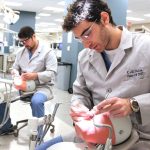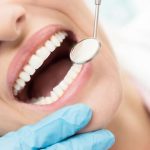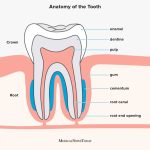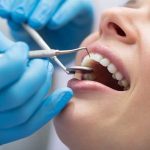Cat Teeth 101: Uncovering the Mystery How Many Teeth Do Cats Have?
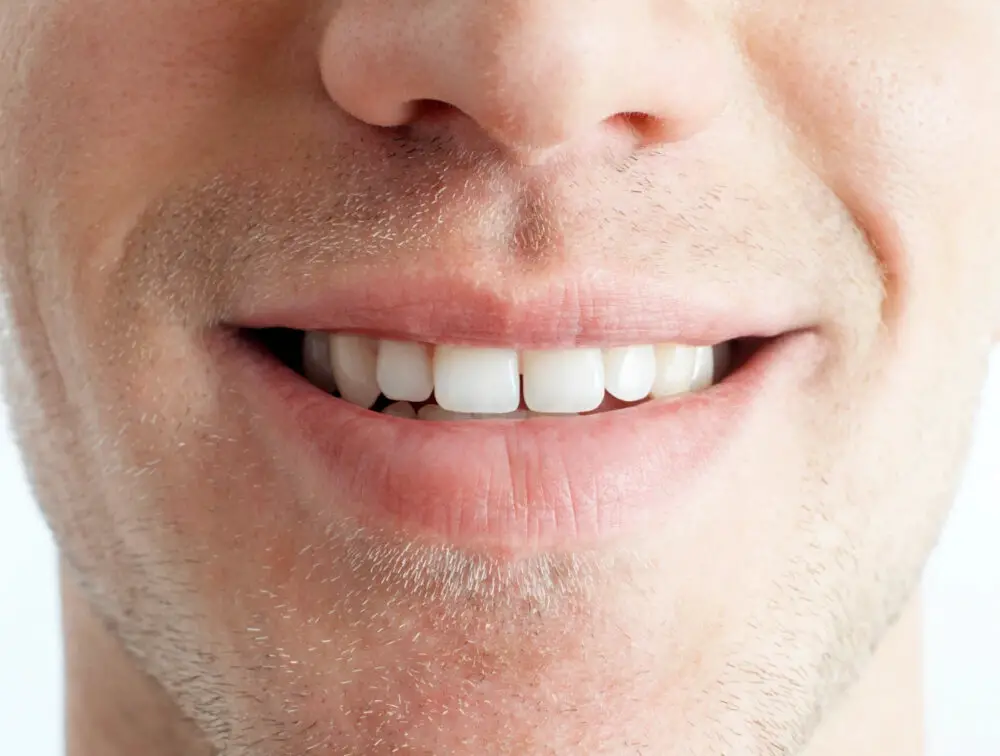
Cats are fascinating creatures that have been domesticated for thousands of years. They are known for their sharp claws, keen senses, and, of course, their adorable furry faces. However, one aspect of cats that often goes unnoticed is their teeth. Cat teeth are just as important as any other part of their anatomy, and understanding their dental structure is crucial for any cat owner. In this article, we will delve into the mystery of cat teeth and answer the question, \How many teeth do cats have?\A cat’s teeth are specially designed to meet their unique dietary needs. Unlike humans, cats are obligate carnivores, which means they require a diet that consists primarily of meat. As a result, their teeth are specially adapted for hunting, tearing, and chewing meat. The dental structure of cats is similar to that of their wild ancestors and reflects their predatory nature. Understanding the number and arrangement of a cat’s teeth is essential for providing proper dental care, identifying dental problems, and ensuring their overall health and well-being. So, let’s explore the fascinating world of cat teeth and uncover the mystery of their dental structure.
Understanding a cat’s teeth structure and how many teeth they have is crucial for their overall health and well-being. As obligate carnivores, cats rely on their teeth to hunt, kill, and consume prey. They have 30 teeth in total, with four types of teeth serving different functions, including incisors, canines, premolars, and molars. Each type of tooth is designed to tear, shred, and grind food into small pieces, facilitating digestion and absorption of nutrients. Regular dental care, including brushing and professional cleaning, is essential to prevent dental diseases and maintain optimal oral health. Neglecting a cat’s teeth can lead to painful dental problems, such as periodontal disease, tooth decay, and tooth loss, which can compromise their overall health and quality of life.
The Anatomy of a Cat’s Teeth
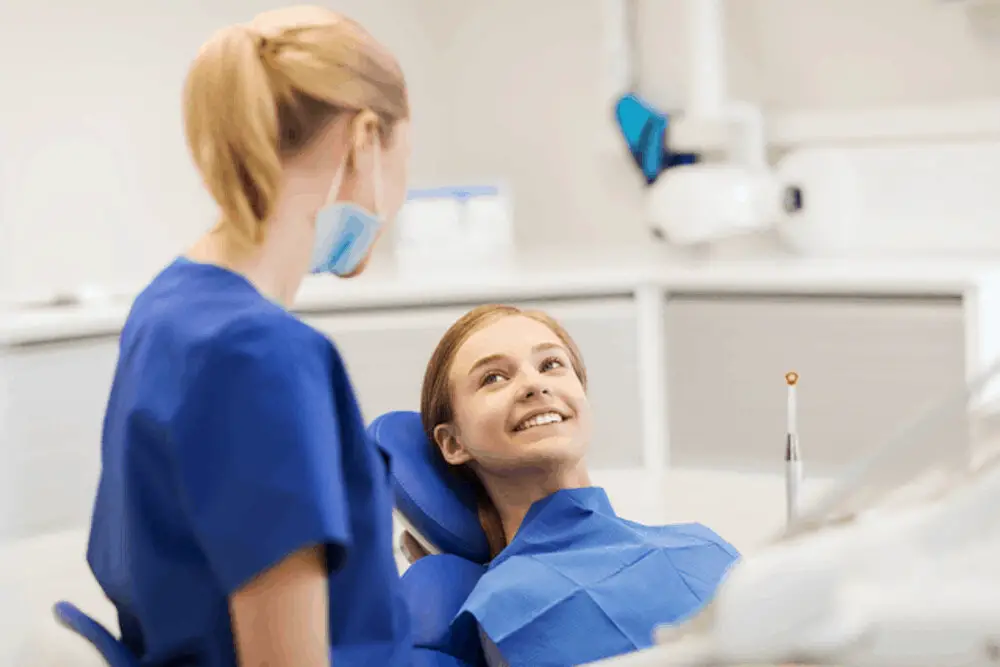
Cats are known for their sharp claws and teeth, which they use for hunting prey, grooming, and defending themselves. The anatomy of a cat’s teeth is essential to understand how they function in the feline world. A cat’s teeth are divided into four main types: incisors, canines, premolars, and molars. The incisors are located at the front of the mouth and are used for biting and cutting food. The canines, or fangs, are the long, pointed teeth on either side of the incisors. They are used for piercing and tearing flesh. The premolars and molars are located at the back of the mouth and are used for grinding and breaking down food. Cats have a total of 30 teeth, with 16 on the upper jaw and 14 on the lower jaw. Understanding the anatomy of a cat’s teeth is crucial for proper pet care, including dental hygiene and nutrition.
Cats, like most carnivorous animals, have different types of teeth that serve various purposes in their lives. They have 30 teeth on average, which are composed of incisors, canines, premolars, and molars. Incisors are the front teeth that are used for biting and grasping, while canines are the long and sharp teeth that are used for tearing flesh. Premolars, on the other hand, are used for shearing and grinding meat, while molars are used for crushing and grinding bones. These different types of teeth work together to help cats catch, kill, and consume their prey. Understanding why cats have different types of teeth is crucial in maintaining their dental health, as well as helping them live a long and healthy life.
Teeth play an essential role in a cat’s daily life and overall health. Each type of tooth performs a specific function in the cat’s mouth. Incisors, located at the front of the mouth, are used for biting and grooming fur. Canines, also known as fangs, are sharp and pointed and used for tearing meat. Premolars and molars are located at the back of the mouth and are used for grinding and crushing food. These teeth have ridges and cusps that help break down and chew food. Additionally, cats have a set of teeth called deciduous teeth, also known as baby teeth, which are eventually replaced by permanent teeth. Understanding the function of each type of tooth can help pet owners identify dental issues and ensure their feline companions maintain healthy teeth and gums.
In order to understand the anatomy of a cat’s teeth, diagrams or images can be a great aid. A cat’s mouth is equipped with 30 teeth, which are divided into incisors, canines, premolars, and molars. The incisors are located at the front of the mouth and are used for biting and grooming. The canines, also known as fangs, are the long and pointed teeth beside the incisors and are used for grasping and tearing prey. The premolars and molars are located further back in the mouth and are used for chewing and grinding food. By using diagrams or images, the different types and locations of a cat’s teeth can be clearly illustrated, providing a better understanding of their dental anatomy.
How Many Teeth Do Cats Have?

Cats are fascinating creatures, and their dental anatomy is no exception. It is essential to understand the number and types of teeth that cats have to ensure their proper dental hygiene. Unlike humans who have two sets of teeth in their lifetime, cats have only one set of teeth that develop throughout their life. Kittens are born without teeth, but their first set of teeth, called deciduous teeth or milk teeth, start to emerge when they are around 2-3 weeks old. At this stage, they have 26 teeth, which eventually fall out and are replaced by permanent teeth. Adult cats have 30 teeth, which consist of incisors, canines, premolars, and molars. The incisors are the small teeth at the front of the mouth, and cats have 12 incisors in total, six on the top and six on the bottom jaw. The canines, also known as fangs, are the long, pointed teeth that are used for biting and tearing. Cats have four canines, two on the top and two on the bottom jaw. The premolars and molars are located at the back of the mouth and are used for grinding and chewing food. Cats have 14 premolars and four molars, which are only present in the upper jaw. Understanding the dental anatomy of cats is crucial for their overall health and well-being, as dental problems can lead to various health issues. In conclusion, cats have 30 teeth, including incisors, canines, premolars, and molars. Unlike humans, cats have only one set of teeth that develop throughout their life. Maintaining proper dental hygiene is crucial for cats, and regular dental checkups can help identify any dental problems before they become severe. Proper dental care, such as brushing your cat’s teeth and providing them with dental treats, can prevent dental problems and ensure your cat’s overall health. Understanding the number and types of teeth that cats have can help cat owners provide the best possible dental care for their furry friends.
Cats are fascinating creatures with unique characteristics that make them stand out from other members of the animal kingdom. One of the most intriguing aspects of cats is their teeth. While many people assume that cats have a similar number of teeth to humans, this is not actually the case. In fact, cats have a total of thirty teeth, including sixteen in the upper jaw and fourteen in the lower jaw. These teeth are specially adapted to help cats tear and chew their food, and they play a critical role in maintaining a cat’s overall health and well-being. Whether you’re a lifelong cat lover or simply curious about these fascinating felines, understanding the basics of cat teeth is an essential part of being a responsible pet owner.
The number of teeth in cats can vary depending on their age and breed. Kittens start with 26 baby teeth, which are replaced by 30 permanent teeth by the age of six months. The permanent teeth include 12 incisors, 4 canines, 10 premolars, and 4 molars. Some breeds, such as the Siamese, may have fewer teeth due to genetic factors. As cats age, they may experience dental problems such as tooth decay, gum disease, and tooth loss, which can affect their ability to eat and lead to other health issues. Regular dental check-ups and proper dental care can help prevent these problems and ensure that your cat maintains healthy teeth throughout their life.
Knowing the number of teeth a cat has is crucial for proper dental care. Cats have 30 teeth, which includes 4 canines, 12 incisors, 10 premolars, and 4 molars. Each type of tooth serves a specific purpose, and any dental issue can cause pain and discomfort for your feline friend. Regular dental checkups are necessary to prevent and treat dental problems such as tartar buildup, gum disease, and tooth decay. Ignoring dental care can lead to serious health issues such as heart disease, kidney disease, and liver problems. Therefore, understanding the number and function of cat teeth is essential for providing your pet with proper dental care and ensuring their overall health and well-being.
Common Dental Problems in Cats
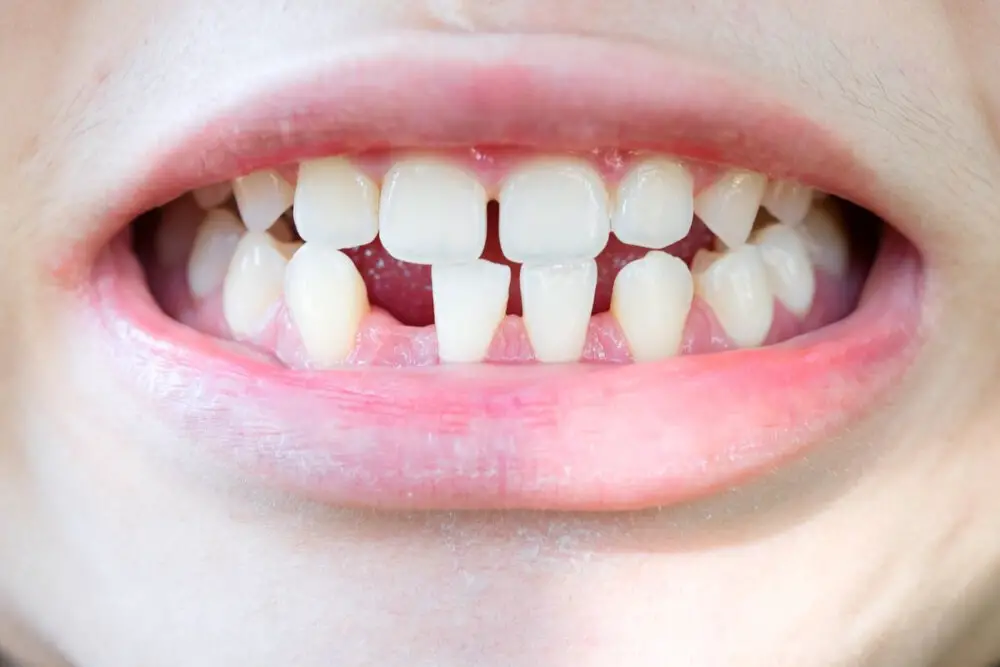
Cats, just like humans, can suffer from various dental problems. One of the most common among them is dental tartar, which is caused by the accumulation of bacteria and food particles on the teeth. If untreated, tartar can lead to gum disease, tooth decay, and even tooth loss. Some signs of dental problems in cats include bad breath, drooling, reluctance to eat or drink, and pawing at the mouth. Regular dental checkups and cleanings with a veterinarian can help prevent and treat these issues. Another dental problem that cats can experience is tooth resorption. This occurs when the body begins to break down and absorb the tooth structure, leading to pain, infection, and eventually tooth loss. Tooth resorption can be difficult to detect, as cats may not show any obvious symptoms until the condition is advanced. Regular dental exams and X-rays can help identify and treat tooth resorption early on, before it causes severe discomfort or complications. By staying aware of the common dental problems in cats and seeking veterinary care when necessary, pet owners can help ensure their furry friends maintain healthy teeth and gums throughout their lives.
Cat dental problems are a common issue that pet owners often overlook. Periodontal disease, tooth decay, and broken teeth are among the most common dental problems in cats. Periodontal disease occurs when plaque and tartar build-up on the teeth, leading to inflammation of the gums and eventual tooth loss if left untreated. Tooth decay is primarily caused by a diet high in sugar and can result in cavities and tooth loss. Broken teeth can occur due to trauma or chewing on hard objects, which can expose the sensitive inner layers of the tooth, leading to pain and infection. Therefore, it is essential to schedule routine dental check-ups with your veterinarian and maintain good oral hygiene practices to prevent these dental problems and ensure your cat’s overall health and well-being.
Dental problems can have a significant impact on a cat’s overall health. For example, if a cat has plaque buildup or gum disease, the bacteria can spread to other parts of their body, such as their heart, liver, and kidneys, leading to serious health issues. Diseased teeth can also cause pain and discomfort, which can affect a cat’s appetite and lead to weight loss. Additionally, cats with dental problems may develop bad breath, which can be an indication of underlying health issues. Therefore, it is crucial for cat owners to regularly monitor their pet’s dental health and seek veterinary care if any problems arise.
Preventing dental problems in cats is essential for their overall health and well-being. Regular brushing is one of the best ways to keep your cat’s teeth clean and free from tartar buildup. Use a cat-specific toothbrush and toothpaste and start slowly, making it a positive experience for your feline friend. Annual dental checkups are also crucial for catching any potential issues early on. Your veterinarian can identify problems such as gum disease, cavities, and oral tumors during these checkups. Additionally, providing your cat with a healthy diet and avoiding feeding them human food can help prevent dental problems. By taking these preventative measures, you can help ensure that your cat has a healthy and happy smile for years to come.
Taking Care of Your Cat’s Teeth

Taking care of your cat’s teeth is extremely important for their overall health and well-being. Just like humans, cats can suffer from dental problems such as gum disease, tooth decay, and bad breath. Neglecting your cat’s oral health can lead to serious health issues, including heart, liver, and kidney diseases. Therefore, it is essential to establish a regular dental routine for your feline friend. Firstly, it is recommended to schedule an annual dental check-up with your veterinarian. This will help detect any dental problems early on and prevent them from worsening. During these check-ups, your vet will examine your cat’s teeth and gums, and may recommend a professional dental cleaning if necessary. In addition to regular check-ups, there are many things you can do at home to keep your cat’s teeth healthy. Brushing your cat’s teeth is one of the most effective ways to prevent dental problems. Use a toothbrush and toothpaste specifically designed for cats, and start slowly by introducing the toothbrush to your cat’s mouth and gradually working up to a full brushing. It is also important to provide your cat with dental-friendly food and treats, such as dry kibble and dental chews. These help remove plaque and tartar buildup on your cat’s teeth and gums. By taking care of your cat’s teeth, you are helping to ensure that they live a happy and healthy life.
Brushing a cat’s teeth can be a daunting task, but it is an essential part of maintaining their oral hygiene. First, select a toothbrush and toothpaste designed specifically for cats. Gently hold your cat and begin by introducing the toothbrush to their mouth, allowing them to sniff and taste the toothpaste. Slowly start to brush in circular motions along the gum line, focusing on the outer surfaces of the teeth. Be sure to avoid brushing too hard or too fast, as this can cause discomfort or injury to your feline friend. Gradually increase the time and frequency of brushing until your cat becomes accustomed to the routine. Remember to reward your cat with plenty of praise and treats after each successful brushing session. With patience and consistency, you can help ensure your cat’s teeth remain healthy and strong.
In addition to regular dental check-ups and teeth cleaning, providing dental treats and toys can help promote good oral health in cats. Dental treats are specifically designed to help remove plaque and tartar buildup, while also freshening breath. Look for treats that have a crunchy texture or are shaped to help scrape teeth. Dental toys, such as those made of rubber or nylon, can also help clean teeth and massage gums. Consider toys that have ridges or nubs to help remove debris. It is important to choose treats and toys that are appropriately sized for your cat and to always supervise their use to prevent choking or other injuries. By incorporating dental treats and toys into your cat’s routine, you can help keep their teeth and gums healthy and promote overall well-being.
Regular dental checkups with a veterinarian are an essential aspect of maintaining your cat’s overall health and well-being. Cats are prone to dental problems such as tartar buildup, gingivitis, and tooth decay, which can lead to painful abscesses and infections if left untreated. A veterinarian can examine your cat’s teeth, gums, and mouth for any signs of dental disease and provide appropriate treatment before it becomes a severe problem. Additionally, regular dental cleanings can prevent future dental issues, ensuring your cat’s teeth stay healthy and strong. As a responsible cat owner, it is crucial to prioritize your cat’s dental health and schedule regular checkups with a trusted veterinarian.
The article \Cat Teeth 101 Uncovering the Mystery – How Many Teeth Do Cats Have\ provides a comprehensive overview of the dental structure of cats. It reveals that cats have two separate sets of teeth: deciduous and permanent. Kittens are born without teeth, but they develop a set of 26 baby teeth within the first six weeks of their lives. As they grow, these teeth fall out, and the permanent set of 30 teeth replaces them. The article also explains the various types of teeth that cats have, such as incisors, canines, premolars, and molars, and their functions. Additionally, it highlights the importance of dental care for cats and emphasizes the need for regular check-ups and professional cleanings to prevent dental issues. Overall, the article provides a wealth of information on cat teeth, helping cat owners to better understand and care for their feline companions’ dental health.
Understanding a cat’s teeth structure is essential for their overall health and wellness. Cats have 30 teeth, and each serves a specific purpose, from biting and tearing to grinding and crunching. Proper care of a cat’s teeth involves regular brushing with a feline-friendly toothbrush and toothpaste, as well as providing dental treats and toys to help remove plaque and tartar buildup. Neglecting a cat’s dental health can lead to serious issues, such as gum disease, tooth loss, and even organ damage. Therefore, it is crucial to prioritize and maintain a cat’s oral hygiene to ensure they live a happy and healthy life.
Conclusion
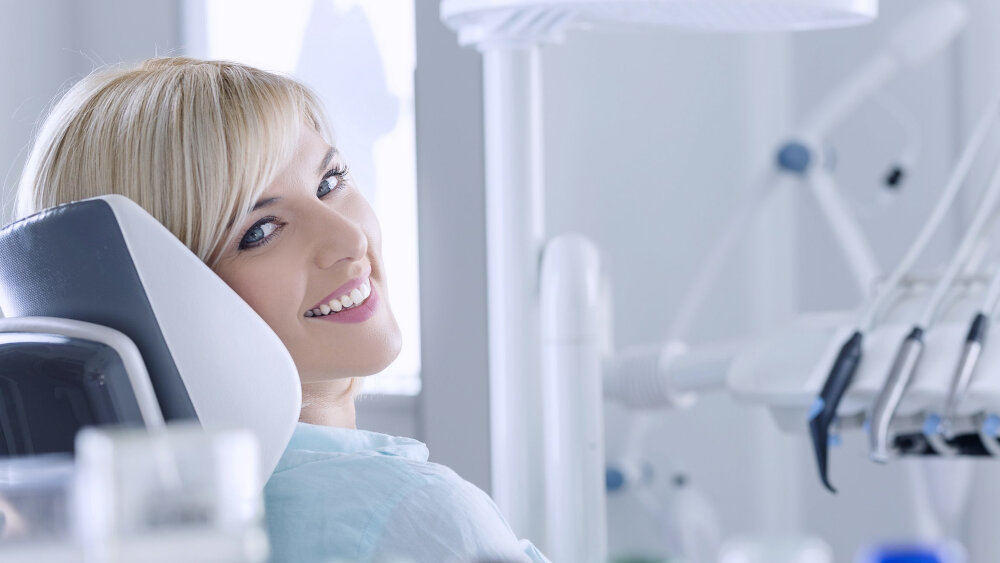
In conclusion, understanding the dental anatomy of cats is crucial for their overall health and well-being. With 30 teeth in their mouth, cats have a unique set of teeth that allows them to hunt, chew, and defend themselves. Their sharp and strong teeth are designed to rip and tear their prey apart, making them efficient hunters in the wild. However, as domesticated animals, it is important for cat owners to take care of their teeth by providing them with proper dental care, such as regular check-ups and teeth cleaning. Neglecting their dental hygiene can lead to serious health issues, including tooth decay, gum disease, and even heart disease. Therefore, it is essential to pay attention to your feline friend’s oral health and seek veterinary care if any dental problems arise.

